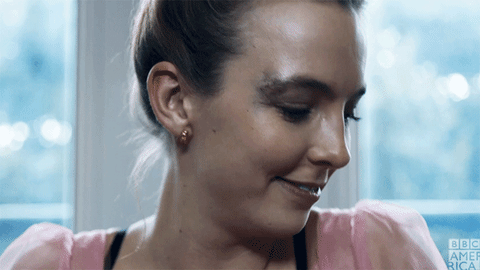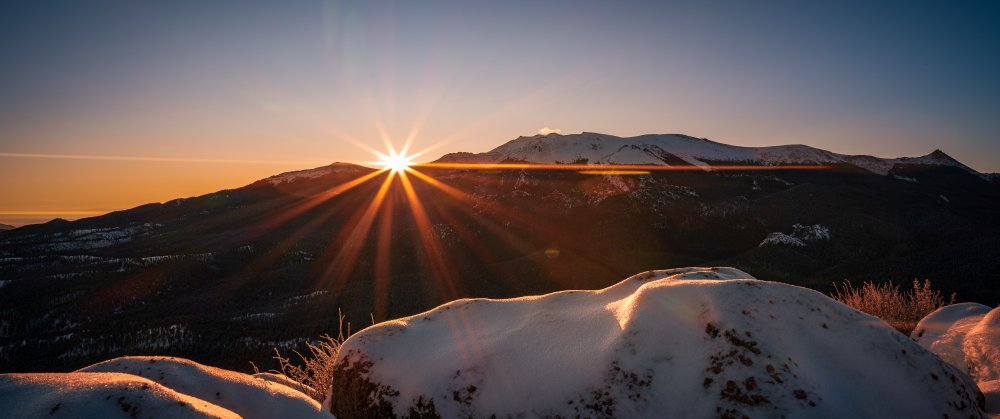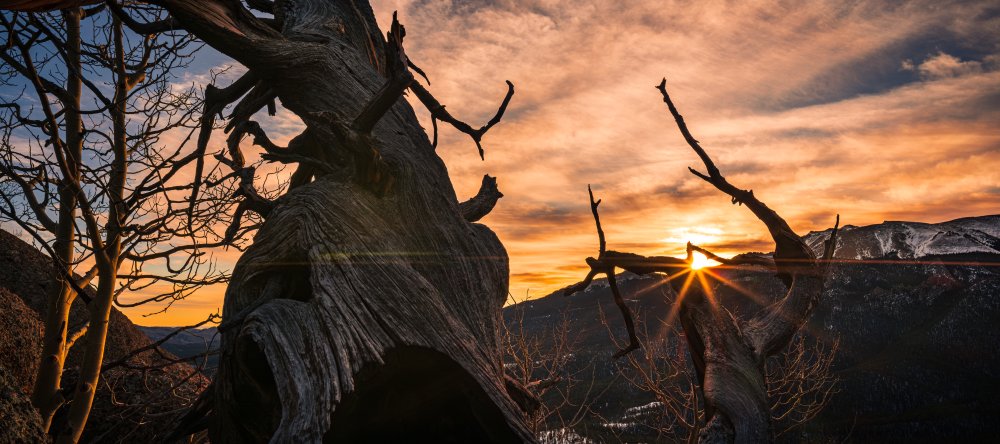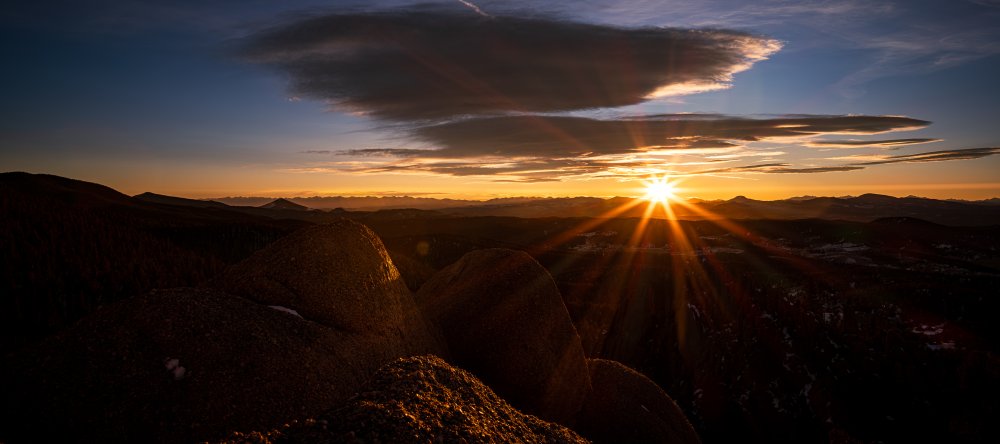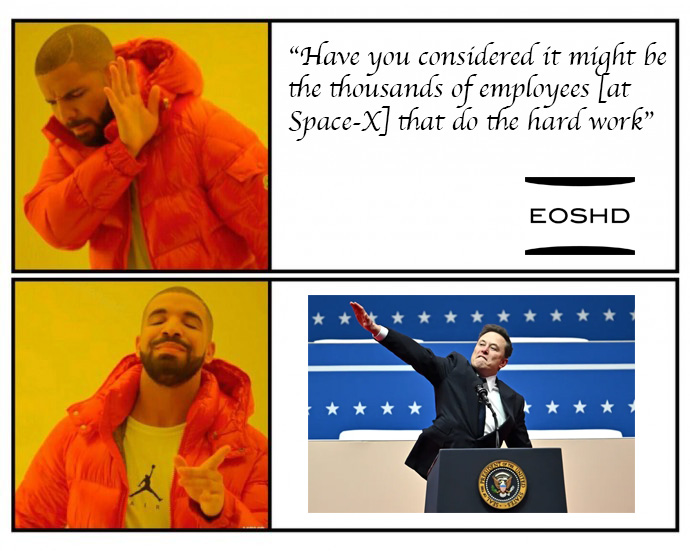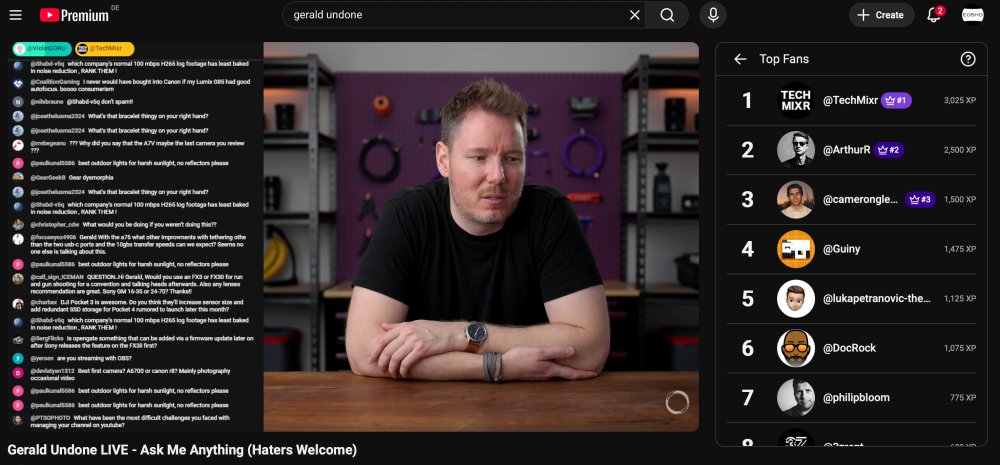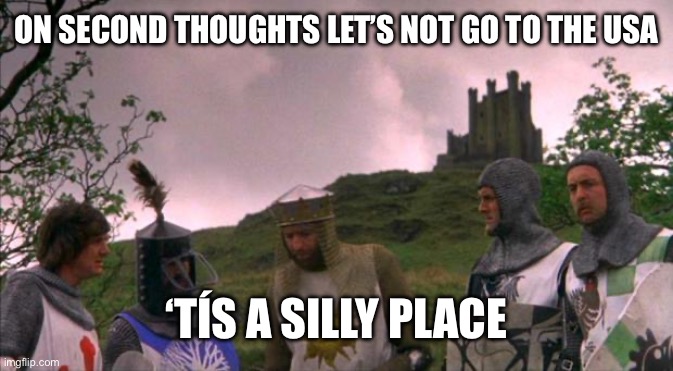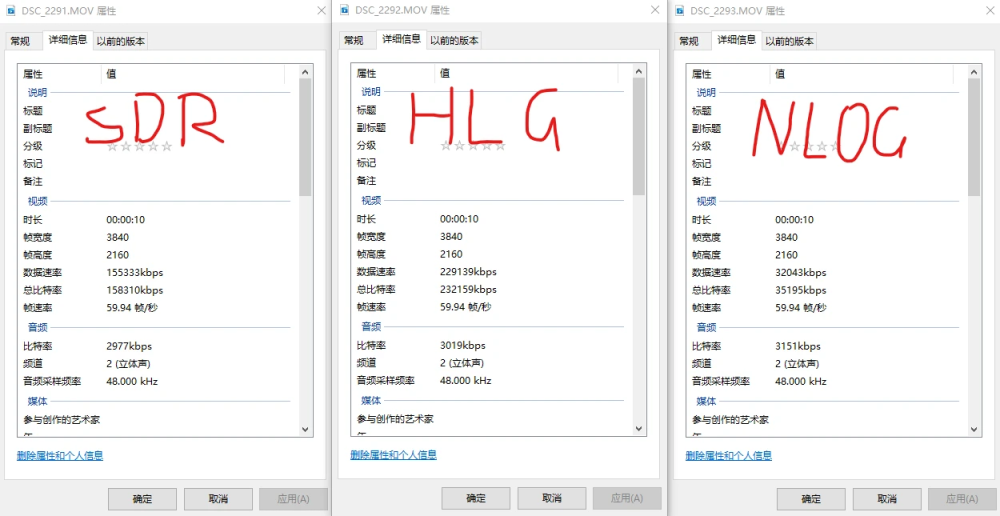Leaderboard
Popular Content
Showing content with the highest reputation since 12/10/2025 in all areas
-

gh series in 2025
MurtlandPhoto and 2 others reacted to Davide DB for a topic
It worths mentioning G9II, a sort of GH7 in a S5 body.3 points -

Filming job in US? Delete your social media
andrgl and 2 others reacted to Andrew - EOSHD for a topic
I think people see politics these days as a form of show-biz entertainment soap opera drama, what a surprise they are going to get when the frogmen smash their door in next.3 points -
Death of Rob Reiner and his wife Michele / Trump remarks / Son arrested
Andrew - EOSHD and one other reacted to Ilkka Nissila for a topic
The only principle that they follow is defined by their self-interest. If a law or moral principle exists which they think would help them gain more power or wealth, they use it argument why others should follow it. But they never feel the need to obey laws or ethical principles if it would be disadvantageous to their attempts to increase their power or wealth. Similar to the Russia which cries wolf when Western countries freeze their foreign assets, but do not see any problem in the looting & killing of Ukrainians. These are examples of people who are guided by only their self-interest and will do anything to gain more and more power and wealth. What is amazing is how the common people actually voted those people into positions of power.2 points -

The color and tones are better than Alexa 35
Ninpo33 and one other reacted to Andrew - EOSHD for a topic
No more of this slop @zlfan, thanks2 points -
Fujifilm Repair Service
Andrew - EOSHD and one other reacted to Anaconda_ for a topic
I've been away from this forum for a while, since around the time I got my XT3 and thought that was the endgame camera for hybrid shooting. In many ways, I was right, until this summer when it dropped and cracked the screen. The first and hopefully last time I've ever dropped a camera. I sent it away to be repaired, however, after paying the €200 to replace the screen, I went to collect it and was informed by the front desk that they don't actually have the parts for the repair, so they've upgraded me to an XT5 at no extra cost. That's a service I can get behind and they've for sure earned a life-long customer with that! Anyone got any starter tips, or lesser known, but great features to look outfor with this camera?2 points -

Warner Bros - Netflix vs Trump and Larry Ellison
eatstoomuchjam and one other reacted to BTM_Pix for a topic
2 points -

Nikon Zr is coming
Davide DB and one other reacted to Andrew - EOSHD for a topic
In terms of colour in LOG and rec.2020 the only difference between cameras these days is how easy (or otherwise) they are to grade, for example C-LOG on the old Canon 1D C was so easy, it only needed the addition of contrast and barely any colour grading at all to look cinematic. Now there are massive differences between LUTs compared to between LOG curves and colour. So when you see all these reviews, tests and comparisons you are just seeing a LUT! It's almost comical really, nobody gets under the skin of what the camera is doing - they're just putting their grading skills and LUTs on show. And the codecs are all so good... no more 8bit banding. I compared the Sony a1 SLOG3 H265 8K to Nikon Z9 NRAW 8K and there was nothing in it really, not even in terms of noise and shadow detail. You could do just as big a grade or white balance shift on the H265 footage as you could with NRAW. Now the way I like to think of RAW as useful is as follows: - As a way to bypass poor camera image processing... Hardly needed now... In the old days, light and day difference between something like 5D Mark II compressed H.264 and uncompressed Magic Lantern Raw (in Cinema DNG), even at 1080p it was a different league of image quality. - As a way to increase image quality with drawback of huge file sizes. Now we get if we're lucky a 1-2% increase in image quality for a 1000% increase in file size (over H.265 10bit) - As a way to turn off in-camera sharpening and white balance (do it in post). However image processing has got so flexible you can turn sharpening off in LOG... look how smooth and natural Canon LOG looks on the old 1D C or EOS R6 III 10bit H.265 for example - A file format to show to clients that says you're serious 🙂 And we all know why the majority of videographers are fawning over raw delivery whereas ARRI ALEXA DPs casually go round doing it all in ProRes That is another comparison the YouTube bros refuse to do well... the ALEXA ProRes vs ARRI RAW and Canon LOG vs RAW I haven't seen a single good comparison!2 points -
SIRUI Saturn 35mm T2.9 1.6x Carbon Fiber Anamorphic L-mount... half price. Any good?
newfoundmass and one other reacted to J S H for a topic
I have the 35/50/75 Saturn in E mount and haven't experienced any focusing issues on the A1, and of course that's with no Desqueeze support. It does have a bit better EVF than the Panasonic cameras, but I haven't found the EVF to be a night and day difference. I own the 35 & 50 Saturn in L mount and have had great results on the S1RII. The 35 isn't quite as well corrected as the longer lenses, so it has a bit of character, especially against the light. Still, none of the Sirui lenses can rival the results I get with my favorite anamorphic adapters, but there is something to be said for simplicity and reliability. Also - I'm not sure if the S5II was included, but the recent update for the S1II/S1RII now provides 1.6x desqueeze. Still attached from the 35 Saturn on S1RII.2 points -
Cheap zoom lenses (and especially kit-zooms) are often the BEST lenses. I wrote a whole thread on it here including examples and comparisons, but the summary is: They're cheaper than almost any alternative They're flexible and very fast to use, because zooming is always faster than changing primes They improve your edits because you can get greater coverage and variety of shots in the same amount of time / setups They are in the "sweet spot" between being too sharp and looking clinical and being too vintage, but their aberrations are often actually very aligned with the qualities of vintage lenses people want, just dialled down to a modest amount They have smaller apertures so are easier to focus / less prone to focus errors and don't need as much ND in brighter situations They often have native AF and are kept updated with firmware updates They often have OIS Those with variable apertures are much closer to being constant DOF, where the more you zoom in the smaller the aperture gets, counteracting the effects of the longer focal-length, which makes your footage more consistent They don't get a lot of love online, but that's because most of the discussion online is about the things that are THE MOST of something (the sharpest, the newest, the biggest, the most expensive, etc) and being cheap and good is only really attractive to people who actually shoot in the real world and where a happy middle ground is desirable. My most used lens is a variable aperture zoom lens, despite me owning many much "better" lenses.2 points
-

Camera Cadence/Motion
Andrew - EOSHD and one other reacted to jgharding for a topic
To expand on it, let's take 24 frames or one second at film rate. With film you have 24 full images, motion blur is kept in each image, not smeared netween them. With ML 5D raw, Alexa Pro Res, Red Raw, Blackmagic cameras etc, you have 24 distinct images, individually compressed either losslessly or mildly lossily. Motion blur is kept within each image. With AVCHD and other Long GOP CODECs, the I-frame image is divided into pools of pixels for analysis across time. only some frames are whole, the I frames, the rest refer the different pixel pools to the I frame and usually to a frame in the middle of the group too. In order to remove data the codec only moves what it has to. Your one second may have only two complete images, the rest are created as best can be from the other frames, with huge changes causing pixellation and blocking due to so little data headroom. On top of this, the red-channel resolution is quartered, and the blue channel halved in 4:2:0, so the spatial resolution for movement is cut down, as well as the temporal resolution. In short, the plastic movement you get from many implementations of such long GOP CODECs reflects the methods use in compression. Motion blur is also smudged and blurred by chroma sub-sampling (4:2:0:) and by interframe compression.2 points -
The Olympus OM-1 goes full frame OM
Andrew - EOSHD reacted to ArashM for a topic
I find the timing for this article pretty funny, I was recently re-working a few files from my old E-m1x and was reminded of how much I liked the look and feel of them, Yes they are technically inferior to the current generation but there is something about them. So just picked up an OM system brand Olympus OM1 and 12-40 this past weekend..... waiting for them to arrive from Japan!1 point -
The original Olympus OM3 was one of the finest cameras I ever owned. Didn’t need a battery except for the meter (if I recall correctly). Even seeing “OM” brings back memories of long gone days… ironically given the debates about MFT, FF s16 etc, I sold it to get a Bronica MF. Anyway, sorry, totally irrelevant to the post.1 point
-

The Olympus OM-1 goes full frame OM
ArashM reacted to Andrew - EOSHD for a topic
I may do a comparison on the blog about the E-M1X and OM1. The E-M1X is... different.1 point -
I had one for a while and whilst I didn’t much care for the video compared with my full-frame Lumix at the time (S1H), I did like the stills files, but most of all, the form factor; the weight, ergos, build and sheer ‘rightness in the hand’ of the thing. Also the lenses, both the fast primes and the zooms. If I was ever going to do 4/3rds, it would be the OM-1 without having to think about it.1 point
-

A very good YouTube channel by British Photographer Harry Borden
BTM_Pix reacted to Andrew - EOSHD for a topic
I've been enjoying his stories of the celebrity portrait shoots from the 90s and 2000s For a start the guy's work is fantastic, a great eye and a great instinct... superb really, and fascinating to hear his creative re-telling of the shoots. But in these videos he's also really candid about the stars, and their dreaded publicists / PR handlers A mixture of great... to really lacking respect for the photographer's art. The Paul McCartney one is pretty shocking but not as bad as Hilary Clinton 🙂 Love the PJ Harvey stuff though.1 point -
1 point
-

A very good YouTube channel by British Photographer Harry Borden
Andrew - EOSHD reacted to BTM_Pix for a topic
He popped up in my feed a few months ago and I’m really enjoying it too.1 point -
Death of Rob Reiner and his wife Michele / Trump remarks / Son arrested
Ilkka Nissila reacted to Snowfun for a topic
To misquote Niemöller: ”first they came for the media. I sat and watched. They came for the gays, the trans and those who are different. I sat and watched. They came for those they claimed don’t belong. I sat and watched. Then they came for me. There was no one left to hear my cries…”1 point -
I wish I could sit in the corner with a hot chocolate while someone wise told me that we are over the worst of it… then I remember that Vance waits to inherit, Farage hovers around No10 like flies over a corpse and… unfortunately it does seem that sitting back and ignoring it is no longer a sensible option.1 point
-
Death of Rob Reiner and his wife Michele / Trump remarks / Son arrested
BTM_Pix reacted to MurtlandPhoto for a topic
I had a similar experience with this post. He's done hundreds of worse deeds just a year in to his second term, but this got me particularly upset. He's scum for the sake of being scum.1 point -
There is something about his post about Rob Reiner that has really had a big impact on me. I thought I’d become desensitised to the depravity, stupidity and contemptuous lies but this one is different. Almost like a test of what he believes he can get away with and a test of how much people around him would let him get away with. The answer to both of those is now, clearly, whatever the fuck he wants to.1 point
-

Death of Rob Reiner and his wife Michele / Trump remarks / Son arrested
Geoff_L reacted to Andrew - EOSHD for a topic
It was a real low blow. Everyone has a big respect for Rob's achievement in filmmaking, the joy he brought to millions... Has the fucking penny dropped yet in the heads of these astonishing idiots who are in Trumps' fantasy land with him. It's a proper fucking cult. He has turned half of America into a right-wing cult. I don't know what's worse though... Is it the fantasy land of America-first narcissism or these kind of psychotic displays when someone dies... of him celebrating someone's death, throwing a pack of insults out to the family, at the time of the biggest tragedy of their lives, I can't even imagine what Rob's daughter is going through right now having found them all dead and then the media circus and that fucking cunt chiming in from his government hideout. He is simply incapable of forgetting or forgiving.1 point -
It honestly gives me a "plastic feel". I don't know, it's like the texture of the things appearing in the video can't be related to anything "alive", anything that materially exists and so can transmit an impression of actual feeling. And on a side note, that disappearing shoe... The channel's description : H E L P1 point
-
gh series in 2025
zlfan reacted to newfoundmass for a topic
They are outdated in that they are older cameras that don't have all the bells and whistles of the most modern camera released but in terms of image quality, I think every single one still holds up. I'd very much miss the lack of IBIS and shutter degree, but I could absolutely do my work with three GH3 bodies if I had to and I don't think most people would notice or care. The cons were low light and auto focus (though I still think the GH5's auto focus was usable in real situations despite others proclaiming it to be unusable.) You also needed to hack the GH2 to get the most out of it, so that could be seen as a con for it. The pros? Great IBIS in the cameras that have it (the GH5's IBIS still blows away IBIS in Sony's newest cameras), the battery life was incredible (at least up to the GH5; haven't used the GH6 or 7), no overheating, excellent image quality, decent audio preamps (GH3 on, from my experience), plus you get all the benefits of usinga M43 camera, like the smaller lenses and the ability to adapt anything.1 point -
gh series in 2025
zlfan reacted to eatstoomuchjam for a topic
There isn't a single camera in the entire GH line that wouldn't be usable today. If you want 4K, you'd need to go GH4 or newer. If you want reliable video autofocus, the only option is the GH7. For the best low-light performance, the GH5s is probably your best bet (though I'm not sure if the GH6 or GH7 have great low light performance). The older models struggled more in low light. With the GH1 and GH2, hacking them for more bitrate is suggested for best quality. The most popular models were the GH2 and GH5, but the GH7 seems also to be well-regarded.1 point -

Filming job in US? Delete your social media
eatstoomuchjam reacted to Andrew - EOSHD for a topic
Anyway I'm going to lock the thread, it's been completely wreaked as usual and it would be better to go back to cameras.1 point -

Filming job in US? Delete your social media
eatstoomuchjam reacted to Andrew - EOSHD for a topic
I think praising someone that dangerous, with that kind of low moral standing, for being a good at executing a business plan is missing the point, but then each to their own. His PayPal chum is even worse. https://www.theguardian.com/us-news/2025/oct/10/peter-thiel-lectures-antichrist1 point -
Filming job in US? Delete your social media
Davide DB reacted to zerocool22 for a topic
A lot of this criticism assumes that value only comes from personally inventing things or never having bad ideas. That’s not how execution works. Ideas are cheap. Execution is what matters. Plenty of people had ideas about reusable rockets, EVs, satellite internet, or brain–computer interfaces long before Musk. What almost no one managed to do was turn those ideas into working, scaled systems in industries where startups usually fail. SpaceX didn’t win because Musk designs fuel tanks. It won because it executed faster and cheaper than legacy aerospace giants with decades of experience. Tesla didn’t invent EVs, but it forced the entire auto industry to electrify years earlier than planned. Starlink is the largest satellite constellation ever deployed, providing connectivity where no real alternative existed. Yes, he has bad ideas. Every aggressive executor does. The difference is that his companies survive them and still outperform competitors. You don’t have to like Musk — but dismissing his role because he isn’t the inventor misses what execution actually means.1 point -

Filming job in US? Delete your social media
eatstoomuchjam reacted to Andrew - EOSHD for a topic
Easy to fall upwards when you have 498 billion in the bank! What with all that money his personal life is still a binfire. Only have to look at that to see the true character of the man. All the messy multiple affairs and abandoned sons, daughters. That's what he's singularly able to achieve merely as a man when he's not got the billionaire oligarch hat on. When he's got the billions and the companies he's able to take the credit for other people's hard work and that's how he built his entire reputation.1 point -
1 point
-
Filming job in US? Delete your social media
Andrew - EOSHD reacted to eatstoomuchjam for a topic
There have been numerous stories over the years, apocryphal maybe, but they were coming out even when the media loved Muskrat... anyway, the stories were frequently about how employees of companies like SpaceX believed him to be an absolute idiot and upper management believed that their main role with him was to block him from getting in the way. One of the most famous stories was about some fuel tank that was fracturing in flight. The engineers had some ideas, but Muskrat came up with some idea to put a layer of fast-set glue/resin on the outside that would stay liquid - and when the cracks started to appear in the tank, the adhesive would leak out and set, automatically healing the crack. All of the best engineers in the company said that the idea could not possibly work and explained why it couldn't. Yet, Muskrat insisted on an all hands on deck and everybody worked non-stop with the vessel and the resin until... Muskrat finally acknowledged that the idea couldn't possibly work. It sort of fits with a man who has basically failed upward for most of his life - such as how he got fired as CEO of PayPal after nearly running the company into bankruptcy with his bad ideas, but still owning a bunch of stock so that when Thiel transformed it to a profitable company and sold it to eBay, Muskrat came out with billions. Would SpaceX exist without him? No. Would Starlink exist without SpaceX? Also no. Did he invent Starlink? Also no. Would Neuralink exist without him? No, and who cares? It's a good accessibility play for people who can't otherwise operate a computer, but for the rest of us, do you know anybody who is loudly complaining that they don't have some shitty device in their head that will ultimately be used to shovel ads directly into their brain? Do you spend every day glaring at your computer wishing that your brain could directly control it? For Tesla, he didn't invent it at all. Outside of having a strong first mover advantage in terms of modern electric cars, they aren't very good. Quality control has always been lacking. Muskrat decides that for full self driving, they don't need industry-standard tools like proximity sensors, but instead they'll rely only on cameras. He did, apparently, invent the truck that looks like a small child drew it and which is almost universally reviled. So yay. Otherwise, what has Muskrat invented? Hyperloop - the dumbest mass transit invention in the history of humanity? 12 years later, there isn't a single operating hyperloop that you can go ride. And it turns out that vactrain concepts had existed for years before he "invented" that too. So... has he had a single novel idea in his entire history? Or is his "genius" really just in ways to exploit existing wealth to extract more money, mostly from the government?1 point -

Philip Bloom now has a cat channel
Katrikura reacted to Andrew - EOSHD for a topic
I found out what he's been up to and it's the greatest irony in the history of the camera world. He has pivoted to cat videos. Very occasionally you will see a long review of a camera. This is his one on the Nikon Zr. I also tuned into another favourite of mine, Gerald Undone. He's done a Q&A where people throw money at him like a stripper. Except he's a bloke so can't tuck the money into his bra. I actually think this one of the purist examples of autism I have seen. And if we look at the top fans, Philip is 7th... I have no idea who the others are. TechMixr? That's quite a good question on the chat box... Which of the companies standard H.264/H.265 4K codecs at 100Mbit has the least noise reduction, aka most filimic, that I would like somebody to show. I can't be bothered and have sold all my gear to fund the forum hosting fees. Do you think the camera community would have worked out differently without all the narcissist Americans and Canadians? I think it would have. You'd have women in it for a start. Some real, talented actresses might be about... lending their opinions to DPs and gracing camera test scenes, instead we have some blokes being herded around like sheep by PR people from Sony and Panasonic! Maybe we'd have an alternative platform to YouTube... like the early days Vimeo with original file downloads, forums, and beautifully curated portfolios of work. Instead I do feel that the community has been rather sold out... And to an extent, those in it have sold yourselves out by being silly. You have worshipped at the feet of the social media influencer, lapped up the rumours site clickbait like gullible little fools, whittered on and on and on about what your camera strategy is for 2025, changing cameras like underpants, and dropping thousands on 8K RAW cinema cameras to shoot Instagram material with, delivered onto a 5 inch smartphone screen at 480p resolution in a 10 second endless loop.1 point -

Filming job in US? Delete your social media
eatstoomuchjam reacted to Andrew - EOSHD for a topic
I don't remember Bill Clinton's government combing through a non-US citizen's personal politics at customs. It makes tourism a bit shit, doesn't it? If I had to go to NAB or to the US for work I would just not bother. Really I didnt know that It was him was it? Have you ever considered it might instead be the thousands of employees of these companies backed by billions in venture capitalist funds and government NASA contracts. Also as far as "the world" and "the future" goes, they haven't moved the needle that far. SpaceX is just a private NASA contractor and they haven't even gone to the moon. Tesla is a failing car company, completely outgunned by China. Starlink consists of some satellites that ruin photos of the sky. And Neural link is an allegedly deeply immoral pig experiment. No. Critical thinking, and criticism is not the issue. Gullible bastards are.1 point -
Filming job in US? Delete your social media
andrgl reacted to Yannick Willox for a topic
I guess you only need a couple of months to inventarise all your socials of the last five years. Is that including public forums like these ? also, every person you emailed, even if you got a new computer a year ago and do not have your complete history. On top of that all addresses and phone numbers of all family members, best friends, exes and current affairs you might be having. Probably that includes the number of deceased parents or family, if they did that within the last five years. so we basically need a P.I. to investigate ourselves to get into that shithole the US have become ? i think I’ll give a pass then … My guess is tourism will be booming the next couple of decades !1 point -
what is motion cadence?
zlfan reacted to Clark Nikolai for a topic
I have one and it really is a good camera when it comes to the image quality. I love the image it makes. It's brought my own filmmaking to another level. It's not a run and gun camera though. More of like using a 16mm film camera. Nothing automatic. Manual everything. The dream of an all-in-one isn't quite true with it though. You need to rig it out with an EVF. (Although I don't have and have never used the shark fin shaped viewer with the mirror so maybe that's okay.) I used to see them come up on eBay a few times a year but now they rarely do. And people are asking US$11000 with accessories. (I also notice that nobody is bidding on them at that price and the listing ends without any bids, then gets relisted.) I occasionally see them listed for about US$5000 but they don't last long at that price. They're a good camera, worth $5000 but not worth $10000. I think that it's no longer such a unique camera image-wise and you can get a close enough image with a used Alexa or Blackmagic Production camera 4K and be making your movies. (Still if one came up and you could afford it, get it.) If you're handy you could make your own using the same sensor. Check out this project: https://github.com/lafauxbolex https://www.youtube.com/@LaFauxBolexDigitalCinemaCamera/videos1 point -

what is motion cadence?
zlfan reacted to Andrew - EOSHD for a topic
Motion cadence for me, is matching the target frame rate with the sensor and shutter speed-sensor interplay. It is also about rolling shutter vs global shutter as that plays into the look of motion. The less distortion or jello the better. I wish people would SHOW things again. Where are all the tests on the a9 III with global shutter showing what it's like in video mode at 24p vs the a1 II? I miss the Vimeo days of being able to compare with meaningful shots rather than the standard YouTube guff of a candle for low light, ridiculous whip pans for rolling shutter that nobody ever does in proper cinema, a model staring blankly at the camera for skin tones and a crazy underexposed shot with the shadows lifted until everything looks flat and dirty with no tonality - yeah that's a dynamic range test, sure. The best motion cadence I've ever shot was on the Digital Bolex with the CCD sensor. I think some of the faster sensor readouts are losing something important. They all look like 60p in their 24p modes. For 60p and 120p motion cadence has less meaning. Since there's no motion blur subtleties that need taking care of.1 point -
Warner Bros - Netflix vs Trump and Larry Ellison
Andrew - EOSHD reacted to Geoff_L for a topic
A Parrot would now be a more appropriate bird, since they are resorting to piracy... https://www.washingtonpost.com/world/2025/12/10/venezuela-oil-tanker-seizure/?itid=hp-mv-top-stories_top-table-main_p001_f0011 point -

A uniquely Apple shit-show
eatstoomuchjam reacted to Andrew - EOSHD for a topic
A bit of a stretch to go from developing an Alice in Wonderland app to accusing Tim Cook of being a pedo.1 point -

Filming job in US? Delete your social media
eatstoomuchjam reacted to John Matthews for a topic
The new entry-rule is doubleplusgood. Giving five-year socmedia record to Borderforce is only goodthink. Right citizens with nothing to hide welcome full truthcheck, for it keeps out crimethink, facecrime, and all ungood elements. Freedom is Strength, and more watch means more freedom. The Party merely sees what all goodthinkers already show. Only unpersons fear oversight.1 point -
Warner Bros - Netflix vs Trump and Larry Ellison
Tim Sewell reacted to ND64 for a topic
One of them leaked the script of Witkoff's negotiations with the Russian guy. Another one, an admiral, questioned orders and forced to resign. The problem is there won't be enough of them, because unlike Hollywood scenarios, you need more than few heros to save the country from fascists, it needs uprising by millions of people (tho I don't believe these clowns are fascist. They're too dumb to stick with a particular ideology).1 point -

Warner Bros - Netflix vs Trump and Larry Ellison
sanveer reacted to Tim Sewell for a topic
I've been thinking for a while that, internationally, Hollywood is going to get cooked by the 'new' USA. Think how many of the biggest movies over the years have been predicated on the notion that the USA are, once you get down to it, the good guys, the freedom guys, the justice guys - how does that notion survive in a world shown, daily, evidence of resurgent American fascism, cruelty and opression. Even in those movies where the US state is engaged in bad stuff, the day is saved by upright American patriots (with great teeth) - but IRL, where are those patriots? We're now aware that they're not to be relied upon to do that. So how does a global cultural hegemony based on an vision of the US as that shining city on the hill survive the revelation that the shine is an illusion (obviously many of us already knew that it was a tortured myth anyway, but the grotesquery is now so pronounced it's unignorable even to the millions of normies who make up the entire international audience for Hollywood's product)?1 point -
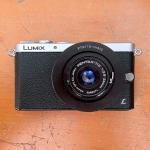
resolution and life of 720p vs 35mm film
zlfan reacted to fuzzynormal for a topic
In my experience, distance from screen matters the most.1 point -
Nikon Zr is coming
Andrew - EOSHD reacted to stephen for a topic
Nikon ZR vs Arri Alexa Mini Color (R3D NE, N-Log, Log C) https://www.youtube.com/watch?v=mgJGK3YpIx01 point -

Nikon Zr is coming
Jahleh reacted to Andrew - EOSHD for a topic
I had a play with the Nikon Zr today and quite liked it, it's a capable, good value for money Sigma-Fp style camera with very good autofocus and finally a screen with which you can see what is in focus and what isn't. Well done Japan for going large after 25 years of 3.0 inches. It's the sort of camera that would be very exciting back in the day of the DSLR video revolution to say the least... Nowadays though, I find other stuff more exciting. Also the screen tilting mechanism sucks... I'd far rather they'd drop the YouTube vlog-style swivel screens on a camera like this and have a standard tilt screen that is ON AXIS with the fucking lens, and with it being so large it really feels unbalanced stuck out at the side and blocking the ports. In a way the Zr feels like a Blackmagic Pocket Cinema Camera 6K but done well. But it doesn't feel very high-end, even if the image is. Also I miss the EVF and think the Z6 Mark III is even more bang for buck. So yeah, doesn't set my hair on fire but it's going to be a very decent buy for a lot of people.1 point -
1 point
-

Canon EOS R6 Mark III and Sony a7 V compared - Canon better specs but...
EduPortas reacted to Andrew - EOSHD for a topic
Haha. I am not one of those then... Lenses are more important than cameras, really. It's true a lot of people are happy with one modern 24-70mm F2.8 for silly prices like $2k that can only be used on ONE camera and maybe a fast 50mm... F1.2? for another $2k (fuck me... no wonder they don't own many), maybe a longer lens - 70-200mm perhaps for 2 grand or whatever, that is 6 grand totally down the drain. Just get a good 35mm prime and learn to use back-button AF. I don't understand why they think the heavy zooms are such a great option. The 24-70s are massive and don't have the character of a nice 35mm F1.4. 28mm or 35mm are a fantastic focal lengths... Not too wide for people shots, easy to crop to a 50mm FOV. The do-it-all lenses. Give me a small 28mm F2 like the Leica Q over a DSLR 24-70 any day... I have the images to prove it!1 point

